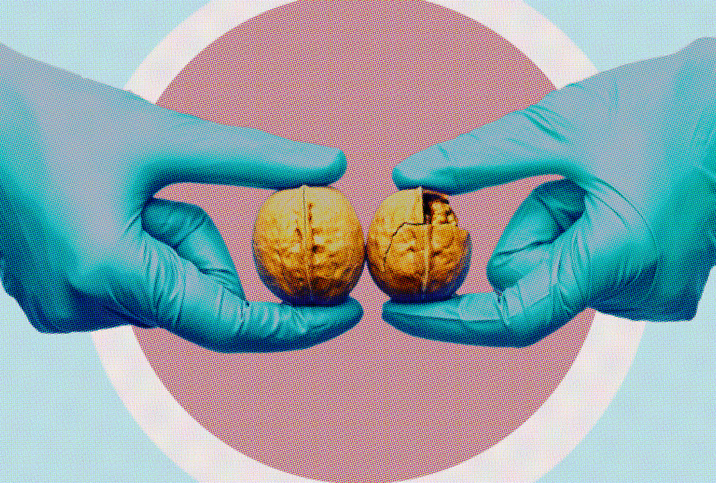Examining the Role Genetics Play in Testicular Cancer Risk

Studies have intrinsically linked genetics to a vast majority of cancer types. Yet the Cancer Treatment Centers of America estimates that heredity and genetics play a factor in only 3 percent of testicular cancer patients. However, recent studies show that researchers have much more to learn about the role of genetics in the incidence of testicular cancer. Here are some risk factors to consider.
Genetic risk factors of testicular cancer
You may be at a higher risk of developing testicular cancer if your father or a brother had the disease. Studies don't currently show any higher risk of testicular cancer if more distant relatives, such as an uncle or a grandfather, suffered from the disease. While testicular cancer is rare, it is considered highly heritable and can be passed from generation to generation. You have an eight- to twelvefold risk if a brother had testicular cancer and a two- to fourfold risk if your father had this type of cancer.
Another genetic risk factor that's linked to testicular cancer is cryptorchidism, or an undescended testicle. Men who suffer from this condition are up to eight times more likely to get testicular cancer than those with fully descended testicles and comprise five to 10 percent of all men diagnosed with testicular cancer.
Race also impacts the development of testicular cancer. Caucasian men are three times more likely than Hispanic/Latino men and five times more likely than Black men to develop the disease. The reason for the higher incidence of testicular cancer among white men remains unknown.
While there is not a specific gene or gene mutation linked to testicular cancer, an analysis from the University of Pennsylvania was successful in finding locations on chromosomes that contain variants associated with a greater risk of germ cell tumors. This discovery helps explain the father-to-son hereditary risk of testicular cancer.
Minimizing the risk of testicular cancer
Men with a family history of testicular cancer should remain vigilant and be aware of the symptoms of the disease. Self-examinations, in addition to regular checkups with your doctor, are an effective way to detect the disease. During these self-exams, check for:
- Swelling or enlargement of the testicle
- A lump on one or both of the testicles
- A sudden increase in fluid in the scrotum
- Lower back pain or a dull pain in the groin or lower abdominal area
- Heaviness in the scrotum
Keep in mind that men between the ages of 20 and 35 have the highest risk for testicular cancer. If you fall outside this range, your risk for testicular cancer drops dramatically. However, all men should get a physical examination at the doctor's office once a year to check for testicular cancer. In particular, young white men with a family history of the disease should ask their doctor for recommendations to ensure early diagnosis and possible treatment.
Thinking about genetics should make men more aware of their risk of testicular cancer. But self-examinations remain important for all men. In a few minutes a week, you can inspect your testicles for warning signs of cancer, not only to detect the disease early but also to put any worries to rest.


















